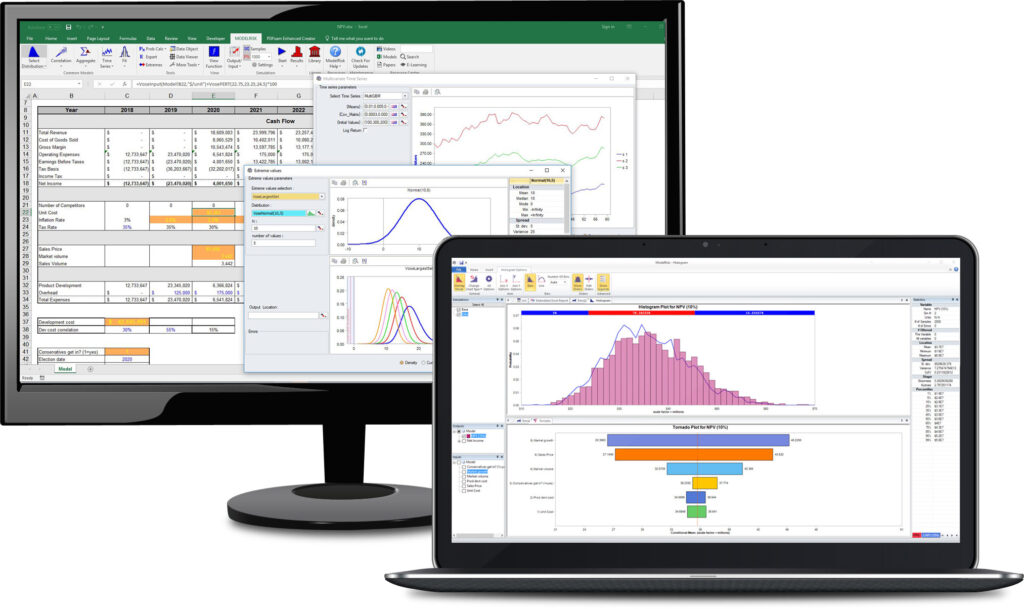
“Risk MANAGEMENT is not option, it is a MUST.” The main target from Risk Management in any project is to Protect Value (by avoiding negative risk or reducing its negative impact to the project) and Create Value (by capturing any opportunity which if captured will enhance the success of the project achieving its objectives.
The Risk Register is a live document, and the following steps shall be implemented by the project Risk Manager continuously to ensure effective management and control risks over the project.
STEP-1: Identify new risk by
- Documents review and analysis on daily basis (I.e., SoW, schedules, reports, MoMs, presentations, …etc.)
- Assumption log to be created and updated in a regular basis, the assumption log is to capture any concern about uncertainty in the project and its impact to the objectives, these concerns is captured from the project documents reviews that shown at the top point.
- Meetings shall be held with the key person/specialized individually as to validate these assumptions from an expert in his work area, once it is validated, it would be move to the risk register to make full assessment as a risk item.

STEP-2: Risk Assessment by
- At the same meeting -which mentioned above- with the section head or the area of work expert, the risk item which captured shall be fully updated with identifying the cluster/asset to give it a unique ID, risk description with causes and consequences, risk identification date, identifying the risk break down structure, risk owner/action owner, risk assessment (proximity and score) as per Risk Management Plan (Risk Matrix thresholds and risk categories).
- At the same meeting that we are talking about, the mitigation action have to be planned with specifying the due dates for each action plan, after that the risk is being reassessed (Post Mitigation Assessment) to ensure the effectiveness of mitigations.

STEP-3: Updated Risk Register Approval
- At the end of the week, an individual Risk Management meeting shall be held with the Project Manager to validate/approve the updated Risk Register, rephrase some risks, mitigations and confirm the risk assessment.
STEP-4: (APPROVED)Updated Risk Register Reporting/Distribution
- PowerBI (or any other application doing same function) shall be used to develop the project risk dashboard in order to visualize and report risks with demonstrating the risk heat map/ risk distribution over clusters and assets with an interactive platform which enable the decision makers to filter and follow/track risks and mitigations. (The PowerBI shall be updated and shared periodically)
- The Updated Risk Register shall be distributed and circulated as per the approved distribution matrix of the project document control system focusing on the client side distribution channel.
- The Key Risk (10) is to be reported to planning/reporting section to include in the weekly and monthly reports.
- The Risk Dashboard and updated Risk Register shall be published on the wall of the war room (main meeting room).

STEP-5: Existing Risk Reassessment at every Stage and Project Progress / Identifying New Risks
- Ongoing activity starting from STEP-1, Escalate risk Which occurred/impacted and became issues.
- Moving the closed risks to the client’s lessons learned database.
STEP-6: Quantitative Risk Assessment:
- A Contingency plan shall be placed for both of Schedule and budget for those risks which have been raised from Risk Register for every project (Risk Workshops shall be conducted for this purpose).
- We can use Montecarlo technique to have a confidence level of uncertainties outcomes to the project and tornado analysis to clarify the driving risk to the project.
- There is advanced analytical techniques but we have mentioned the main techniques which used in this process.

EGYREVIT SERVES YOU, WHEREAS YOU HAVE BEEN

